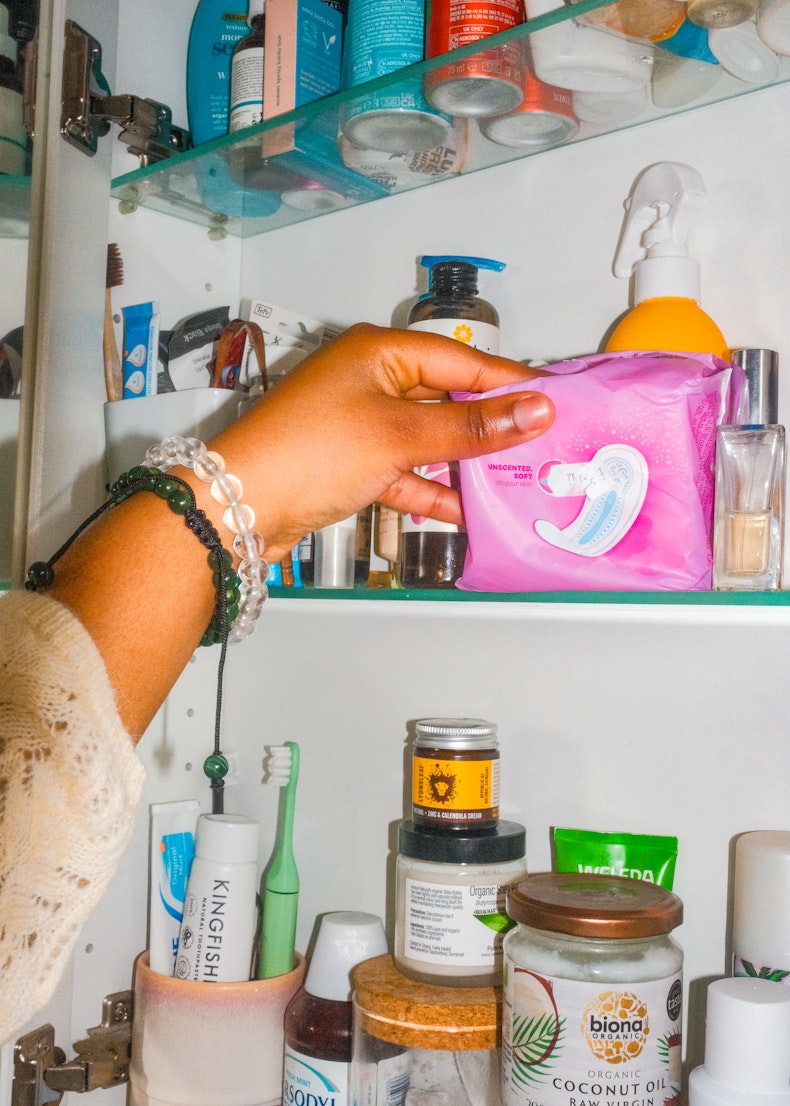
How long can teens wear period products?
Pads, tampons, period pants + more

Quick summary
- Period products have different wear times – pads and period underwear: 4-6 hours, tampons: 4-8 hours, cups: 6-12 hours
- Changing products regularly is key – this helps with comfort, hygiene, and avoiding leaks or infections
- There’s no ‘best’ product – it’s about what makes your teen feel comfortable, clean, and confident
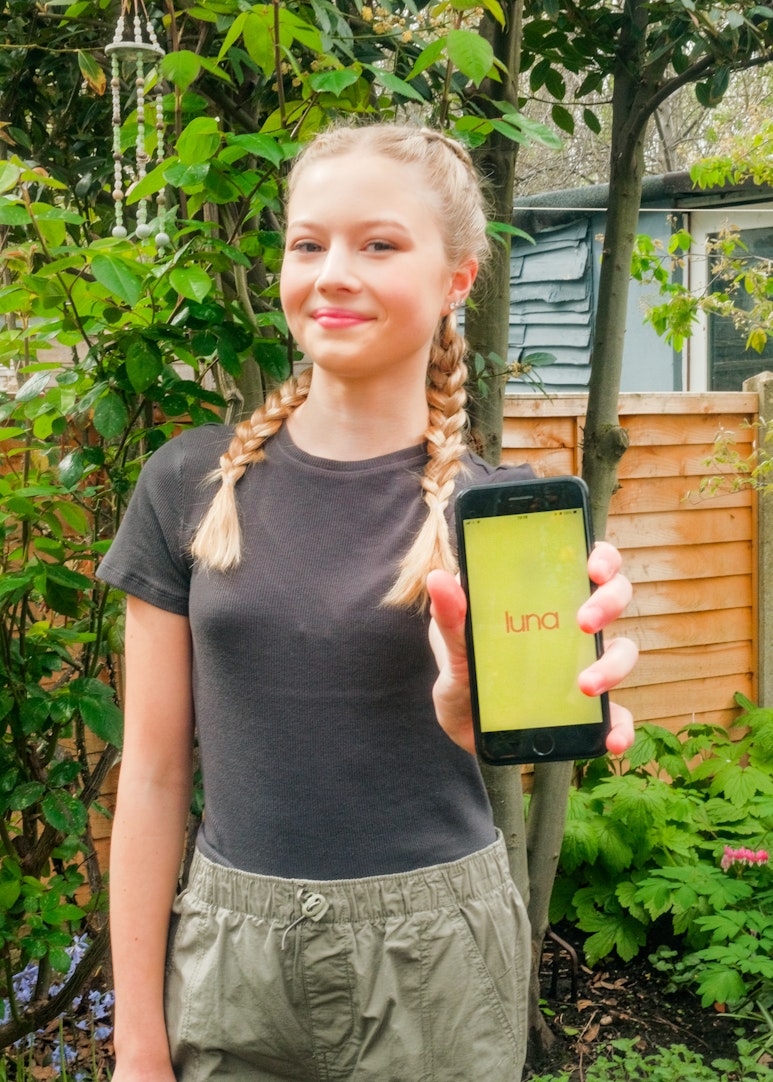
If you’re wondering how long your teen can safely wear different period products for, so that you can guide them, you’re not alone.
At luna, we hear from teens every day who have questions about this.
Many worry about leaks. Others feel self-conscious about changing products at school and want to know which options last the longest.
These concerns that teens have shared with luna can cause them to leave products in for too long – and so it’s a good idea to keep them informed to keep them safe and secure.
At the same time, there’s a lot of conflicting advice out there – and when it comes to period care, knowing what’s medically sound matters.
That’s why all of luna’s information is medically checked, so you can feel confident that what you’re sharing with your teen is safe, practical, and reliable.
With that in mind, here’s a simple breakdown of the most common period products and how long they can approximately be worn in the daytime.
It's also worth noting before we get into it that there are always specific instructions on the packet of each product, and that it’s absolutely fine for your teen to change them for comfort or when practical e.g. in a school break.
Types of period products and how long your teen can use them
Several period products for teens are available in the market, each offering its unique pros and cons.
Depending on what your teen feels most comfortable using, you can advise them about how long they should use it.
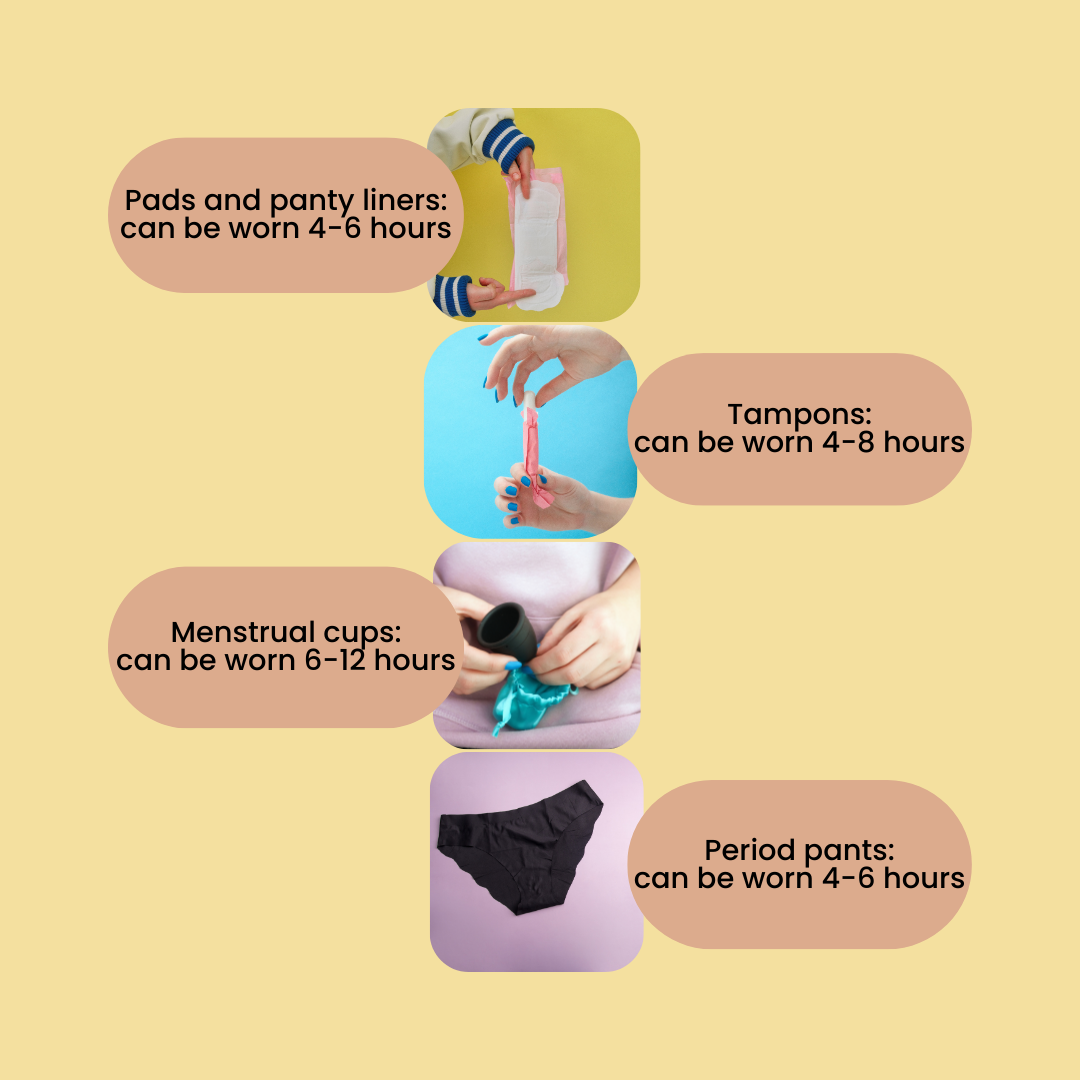
How often should you change your pad?
Pads are a great option, especially for teens who are new to their period, as they are so easy to use.
Pads and panty liners can be worn 4-6 hours, depending on how much your teen is bleeding.
Panty liners are a thinner version of a pad, and can be used for light days and discharge. They're often very handy for when teens start getting white discharge before a period.
They’re both super easy to use and come in lots of different absorbencies.

👉 Standard pads should be changed every 4-6 hours when awake, depending on flow heaviness – nighttime pads tend to be thicker so there isn’t a need to change them in the night
👉 Panty liners are a thinner option for very light days and should be changed around the same time frame even if it doesn’t look full (e.g. discharge can be harder to see on a panty liner)
If a pad feels wet, heavy, or uncomfortable in the meantime, it’s time for a fresh one.
Reusable pads work the same way but need to be washed and dried before reuse.
And if you're wanting to explore the pros and cons of pads, do look through luna's guide!
What happens when you don’t change your pad for 24 hours?
If your teen forgets to change their pad for 24 hours or any extended period, it can lead to a build up of bacteria and other pathogens that leads to foul odours and ultimately a risk of infections.
It can also cause skin irritation, leakage, and other hygiene issues.
Key risks of wearing a pad for too long:
- Bacterial growth
- Unpleasant odour
- Higher chance of infections like UTIs
- Vaginal irritation
- Skin rashes
- Itching
- Discomfort
- Leakage
- Stained clothes or bedding
How long can you wear tampons?
Tampons are inserted into the vagina to absorb blood before it leaves the body.
Tampons can be worn for 4-8 hours, depending on the blood flow.
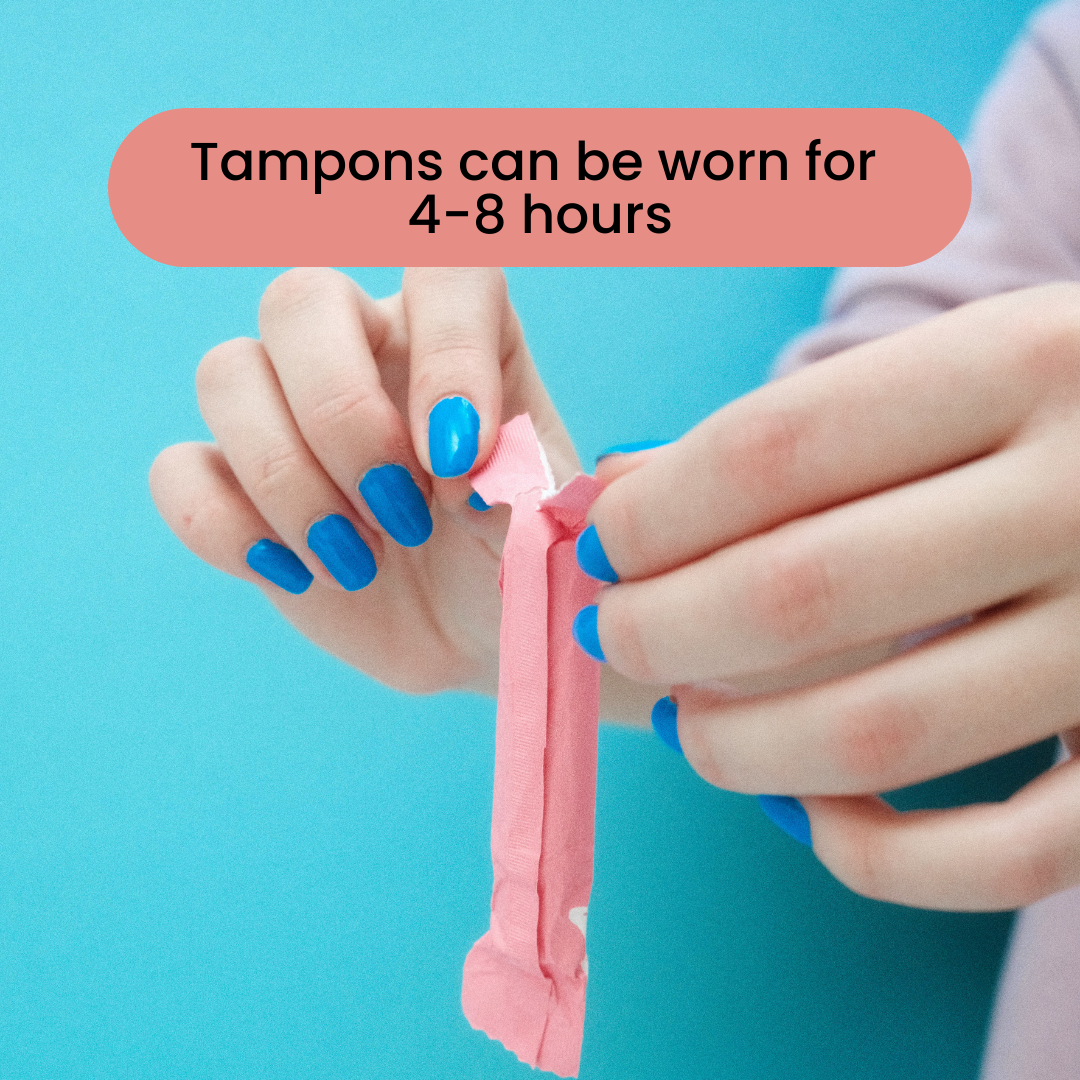
They expand as they absorb and come in different absorbency levels.
Tampons
👉 should ideally be changed every 4-6 hours, depending on flow heaviness
👉 should never be worn for more than 8 hours
👉 should never be flushed down the toilet
If your teen chooses to wear a tampon overnight, it’s best to put in a fresh one right before bed and change it first thing in the morning.
If they experience an unpleasant discharge, especially with a fever, flu like symptoms, a rash or feel very unwell it’s best to check in with a doctor due to the risk of a of a serious condition called Toxic Shock Syndrome. This is not common but can happen if a tampon is left in too long or even forgotten so it’s important to change tampons regularly.
And if you're wanting to explore the pros and cons of tampons, do look through luna's guide!

How often should you change your menstrual cup?
Menstrual cups collect blood rather than absorbing it like tampons and pads and can be worn for longer periods.
Menstrual cups can usually be used for up to 6-12 hours.

Menstrual cups are reusable, more eco-friendly, and hold more blood than tampons.
They
👉 can be worn for 6-12 hours, depending on flow heaviness
👉 must be emptied and rinsed regularly to prevent bacteria buildup
If your teen is trying a cup for the first time, do be aware that they might need a little practice inserting and removing it.
Not to put users off but there have been reports of ill-fitting menstrual cups even affecting kidney function, so it’s a good idea to invest time in this practice.
Sterilising the cup at the end of each period keeps it clean and ready for next time.
And if you're wanting to explore the pros and cons of menstrual cups, do look through luna's guide!
How long do period pants last?
Period pants, also known as period underwear, absorb menstrual blood like a pad but can be washed and reused.
Depending on the blood flow, they can usually be worn for 4-6 hours.
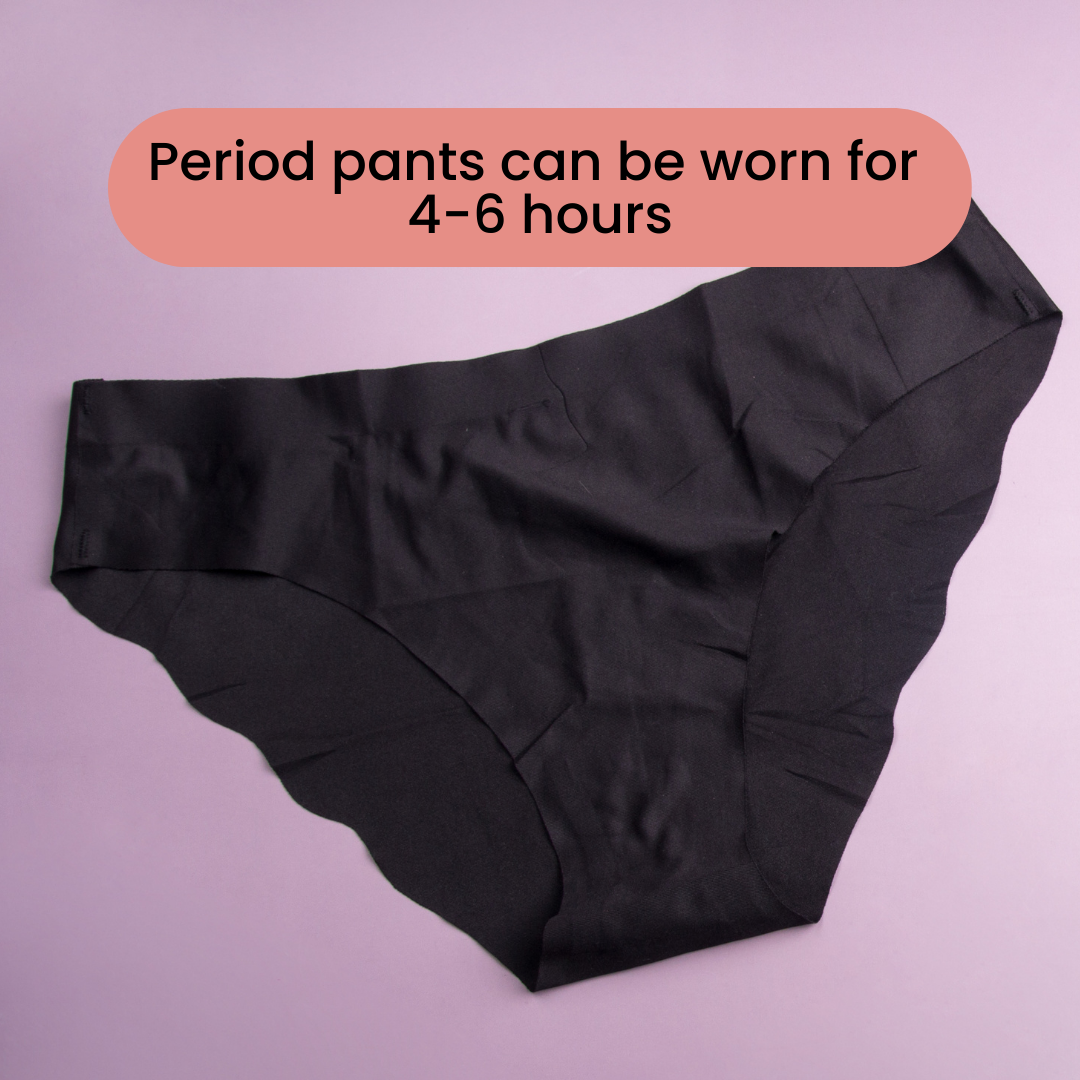
Period pants come in different absorbencies and are great for lighter days or overnight.
These pants
👉 should be changed every 4-6 hours, depending on flow heaviness
👉 may need to be changed more often on heavier days
Some teens wear period underwear as a backup with other products, like tampons or cups, for extra protection.
As they need to be changed more often, it can be a bit pricier to stock up on these at the start, but they’re a firm favourite among the luna teen community and are worth exploring.
Maybe you could start your teen off with a few pairs, and if they love them, get them a few pairs for each day of their period so they are super prepared.
And if you're wanting to explore more of the pros and cons of period pants, do look through luna's guide!
So, what’s the period product for your teen?
There’s no one-size-fits-all when it comes to period care.
The most important thing is that your teen feels comfortable, clean, and confident.

You might want to encourage them to:
👉 Choose a product that matches their flow and lifestyle e.g. if they’re sportier, they may find tampons are the best fit
👉 Change products before they feel uncomfortable or reach their time limit – this helps them to feel confident and avoid leaks or smells
👉 Try different options to find what works best for them – it can take a bit of trial and error to find what works
👉 Reflect on whether they feel they are ready for remembering to change period products – tampons and menstrual cups are particularly important to not wear for too long and so they will need to monitor this responsibly
As mentioned, the key things to remember throughout this process are comfort and hygiene.
Some products may say they last longer than others, but if a product feels uncomfortable or full, it’s time for a change – even if the time limit isn’t up. Everyone is different!
Hopefully this helps you to help your teen find something that works best for them and their routine.
How we created this article:
luna's team of experts comprises GPs, Dermatologists, Safeguarding Leads and Junior Doctors as well as Medical Students with specialised interests in paediatric care, mental health and gynaecology. All articles are created by experts, and reviewed by a member of luna's senior review team.
Sources:
NHS "Choosing period products" | Accessed 14.05.25
https://www.nhsinform.scot/healthy-living/womens-health/girls-and-young-women-puberty-to-around-25/periods-and-menstrual-health/choosing-period-products/NHS "Toxic shock syndrome" | Accessed 14.05.25
https://www.nhs.uk/conditions/toxic-shock-syndrome/Clara Maarup Prip, Lotte Kaasgaard Jakobsen "Ureterohydronephrosis due to a menstrual cup" | Accessed 14.05.25
https://casereports.bmj.com/content/18/2/e262035CDC "Menstrual hygiene" | Accessed 14.05.25
https://www.cdc.gov/hygiene/about/menstrual-hygiene.htmlWe'd love to keep in touch!
Sign up to our parent newsletter for emails on the latest teen trends, insights into our luna community and to keep up to date
By signing up, you are agreeing that we can use your email address to market to you. You can unsubscribe from marketing emails at any time by using the link in our emails. For more information, please review our privacy statement.